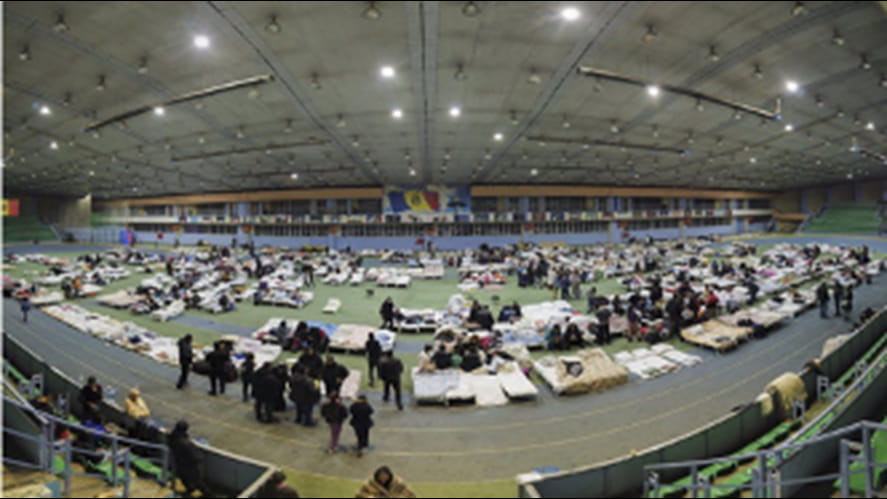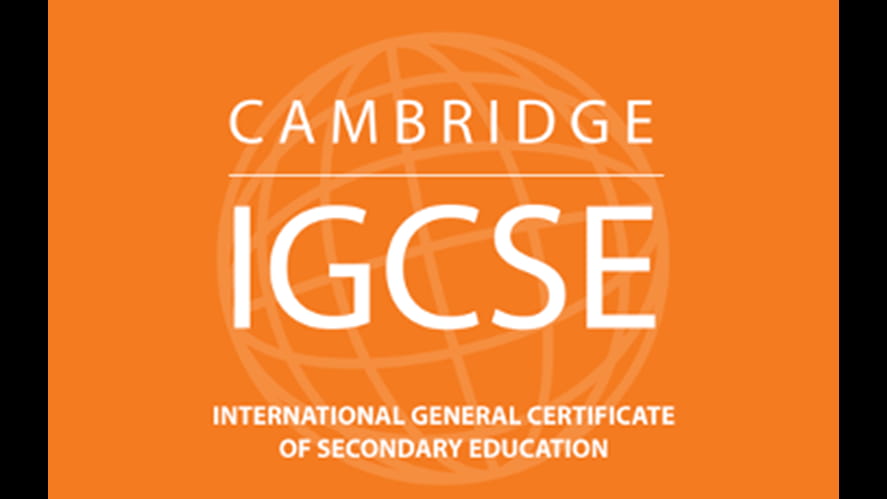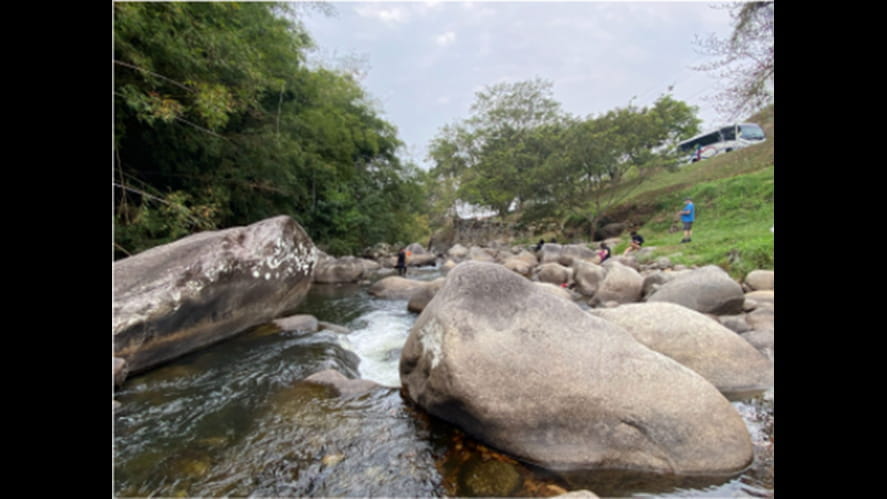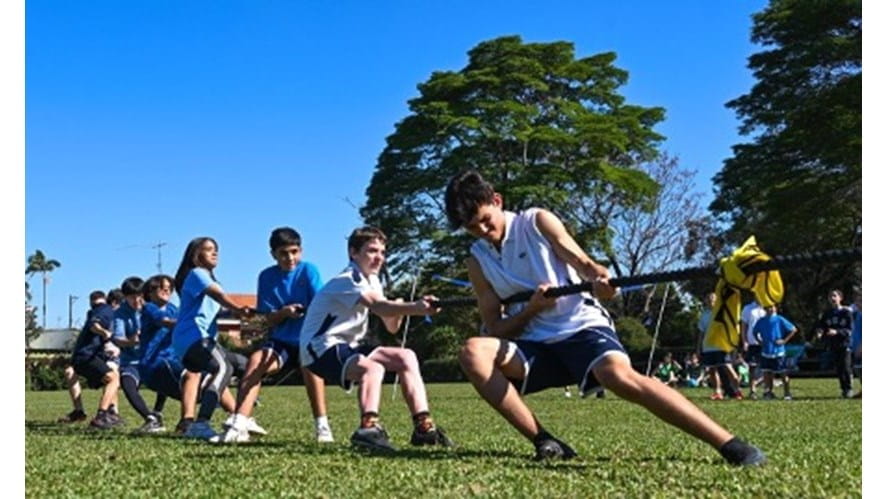Wars, conflicts, migration…
People that migrate (move) from the place where they live to a new place where they will live are known as migrants. Internally displaced people (people that migrate inside the country), internationally displaced people (people that migrate out to a different country), refugees (people that seek refuge, shelter), they are all types of migrants. Migrants, and migration, are as old as humanity itself.
Migration is so common, and so present in our daily lives, that it’s very likely you know someone in your family who is (was) a migrant. My family, for instance, is made up of many migrants.
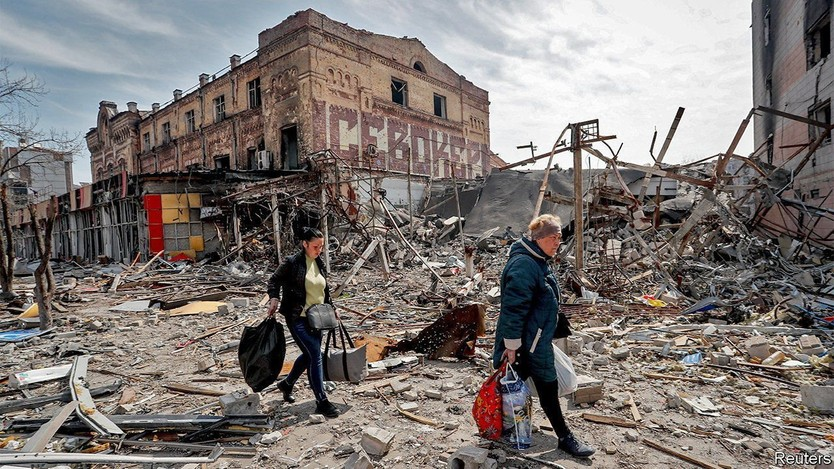
April 15th 2022, KYIV
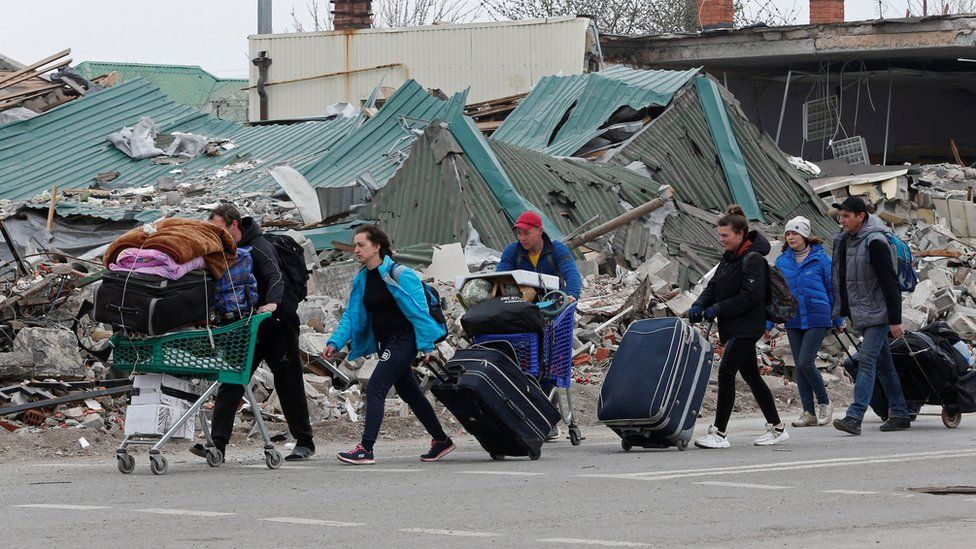
The war between Ukraine and Russia has been going on for more than 60 days, and it is all over the news: images of war tanks, blocked roads, missiles, cities being bombed, panic, despair. The intention of this blog is not to discuss the causes of the war, but rather its implications to people, places, and countries.
According to the United Nations, since the conflict began, more than 11 million people are believed to have fled their homes in Ukraine. From this total, 6.5 million people are thought to be displaced inside the country, and the remaining 5 million are thought to have left to neighbouring countries. The IMO (International Organisation for Migration) also estimates that more than half of the internally displaced people are women, and many of which are vulnerable because they are pregnant, have disability or are victims of violence.
Still according to the UN, the 5 million people internationally displaced have left to the following countries:
Poland, Hungary and Slovakia make up the Schengen area, which means that refugees in those countries may as well have continued their way to other countries in Europe, since there is no internal border control in this area. In countries bordering Ukraine, refugees are allowed to stay in reception centres, where they are given food, medical care, and information.
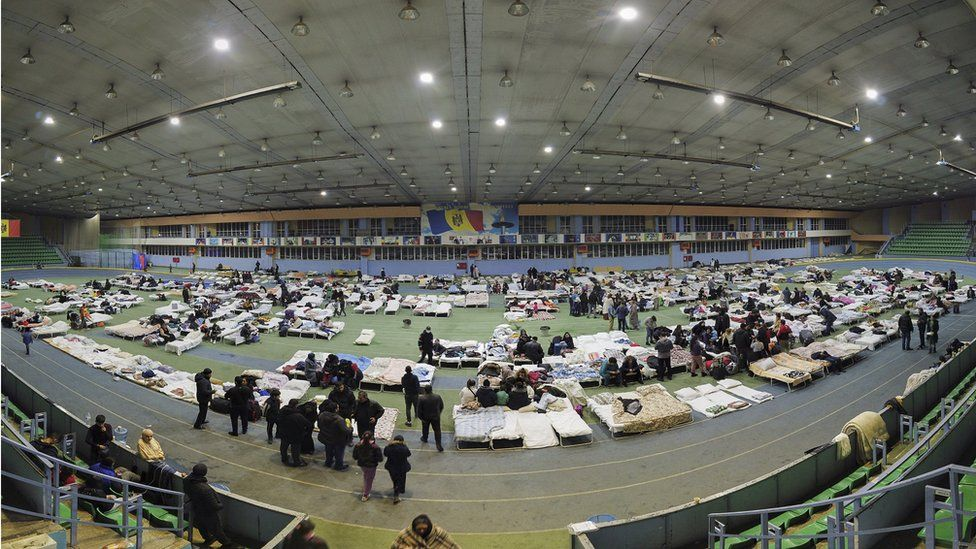
Hundreds of refugees are living in this athletics centre in Moldova
People that migrate (move) from the place where they live to a new place where they will live are known as migrants. Internally displaced people (people that migrate inside the country), internationally displaced people (people that migrate out to a different country), refugees (people that seek refuge, shelter), they are all types of migrants. Migrants, and migration, are as old as humanity itself.
“Since the earliest times, humanity has been on the move. Some people move in search of work or economic opportunities, to join family, or to study. Others move to escape conflict, persecution, terrorism, or human rights violations. Still others move in response to the adverse effects of climate change, natural disasters, or other environmental factors.”
Migration is so common, and so present in our daily lives, that it’s very likely you know someone in your family who is (was) a migrant. My family, for instance, is made up of many migrants.
My great-grandparents, in the early 1900s, left Italy. They boarded some ships, crossed the Atlantic, and eventually arrived at different locations here on the coast of Brazil, mainly the city of Santos. Most of them did not know each other when they left Italy. Some, from Santos, went up the Serra do Mar, through São Paulo, all the way to the interior of the continent where they would live and work in coffee plantations. At that time, massive amounts of international migrants were replacing the works of slaves, since slavery was abolished in the country not many years before.
My parents, on the other hand, have left the interior where they were born and moved to the capital, São Paulo, in order to seek better life opportunities. They are a case of internal migrants.
There are a few differences between internal migrants, international migrants, and refugees: the last case is not voluntary. Refugees do not choose to move out of their country - they are forced to. Housing, family, friends, job, hobbies, are left behind over the course of a few days. If it’s not voluntary, then it’s a violation of their freedom and their human rights.
Migration connects people, places, and countries all over, and can impact them both positively and negatively. In the countries that they arrive, migrants could bring cultural diversity, new skills and abilities, and could complement the local economy by taking undesired jobs, which is positive. However, the numbers of conflicts related to cultural and racial discrimination may rise, social tension may exist, migrants could be underpaid, may lack access to proper housing, healthcare, leisure… Which is negative.
In the places that they left from, migrants could remit money back to their families and give them additional earnings, could bring back new skills and information when they return… Which is positive. On the other hand, migrants could lose contact with their family members, may leave behind gender gaps, could cause less income for the country… Which is negative.
Events such as wars trigger migration numbers massively. A war such as that of Ukraine and Russia, with two countries involved, will have large migration impacts across many others. That is a delicate situation that requires diplomatic solutions from governments, transnational corporations such as the UN, and the people overall - a hardly easy task.
Wars, conflicts, migration. These are all concepts our students are familiar with when they reach the IGCSE and IB. They are given theoretical tools to discuss relevant questions, such as ‘how do wars impact people and countries? Are they fair in any way?’.



